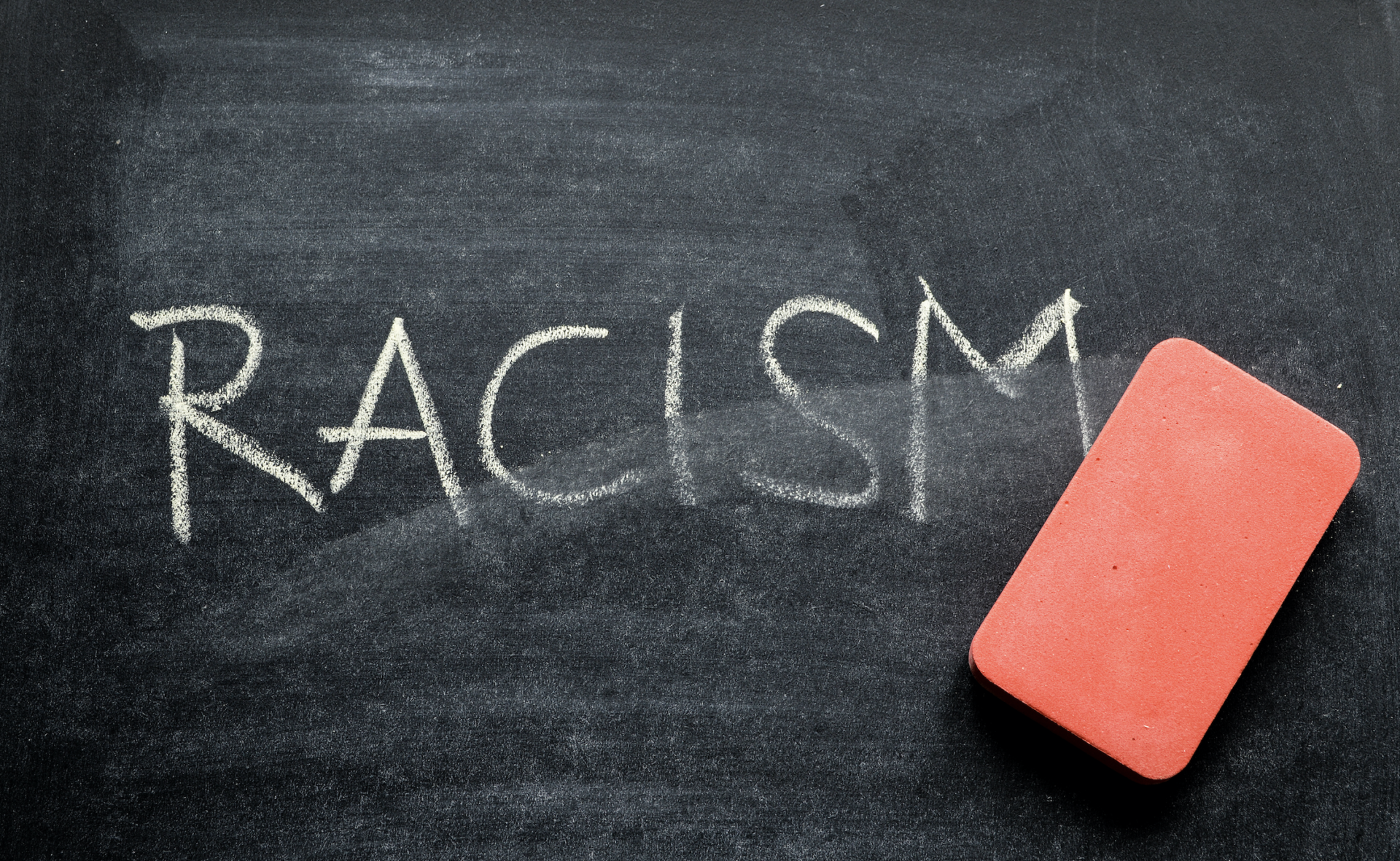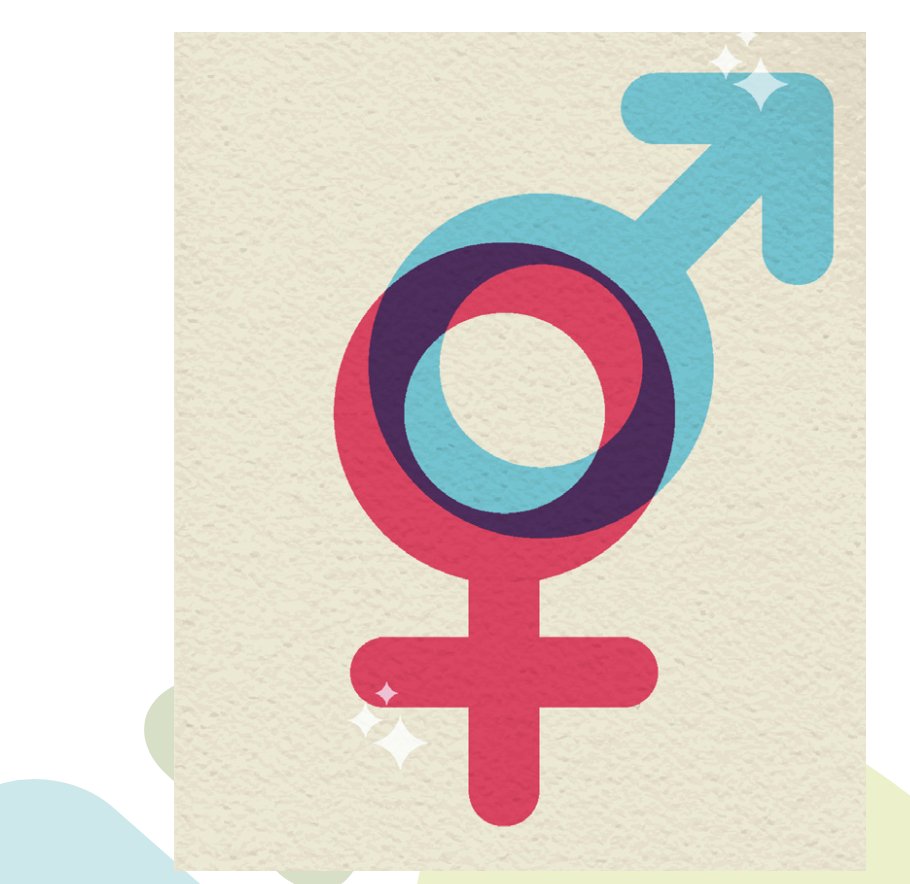BEECH ACRES PARENTING CENTER DEI & ANTI-RACISM PRINCIPLES, ASSUMPTIONS, ACTIONS, AND DEFINITIONS

BEECH ACRES PARENTING CENTER DEI & ANTI-RACISM PRINCIPLES, ASSUMPTIONS, ACTIONS, AND DEFINITIONS
Beech Acres Parenting Center Goal:
Promoting Diversity, Equity and Inclusion: Develop and execute an anti-racism strategy for those we serve, the systems affecting them, and within Beech Acres itself.
BAPC PRINCIPLES FOR FIGHTING RACISM AND PROMOTING DIVERSITY, EQUITY AND INCLUSION
- BAPC’s Diversity, Equity and Inclusion (DEI) policies and practices are inclusive of all identities and prioritize anti-racism for action as the most toxic and prevalent kind of discrimination affecting the well-being of children and families…and all of humanity.
- DEI policies and practices are highly aligned and integrated with BAPC’s mission, vision, and values, as well as our practices of Natural Strength Parenting and Trauma Informed Care.
- We have a bold anti-racism vision with proactive, measurable strategies to benefit the clients we serve, influence the systems that affect them, and live these principles with integrity as a staff and board of directors. We continuously evaluate our progress and adapt strategies to maximize impact.
- Living into our beliefs and principles requires courage, trust, vulnerability, empathy, compassion, accountability, and gratitude for ourselves and each other. We continuously apply our learnings to build a culture which encourages these.
DEFINITION OF RACISM
- A belief that that one’s own race is superior and has the right to dominate others or that a particular racial group is inferior to others.
- A policy, system of government, etc., based upon or fostering such a belief, resulting in prejudice, discrimination and injustice.
ASSUMPTIONS ABOUT RACISM
- Racism is a multilayered system embedded in our culture.
- All of us are socialized into the system of racism.
- We bring our group’s history with us; history matters.
- Nothing exempts us from the forces of racism.
- Everyone has biases. Bias is implicit and unconscious; I don’t expect to be aware of mine without a lot of ongoing effort.
- Authentic antiracism is rarely comfortable. Discomfort is a key contributor to growth and progress.
DEFINITION OF ANTI-RACISM
“Anti-racism is the active process of identifying and eliminating racism by changing systems, organizational structures, policies and practices and attitudes, so that power is redistributed and shared equitably.”
Identifying: A person who practices anti-racism works to become aware of:
- How racism affects the lived experience of people of color;
- How racism is systemic, and has been part of many foundational aspects of society throughouthistory, and can be manifested in both individual attitudes and behaviors as well as formal (and”unspoken”) policies and practices within institutions;
- How white people participate, often unknowingly, in racism.Source: NAC International Perspectives: Women and Global Solidarity
Eliminating: A Person who practices anti-racism works to eliminate racism by:
- Admiting racial inequity is a problem of bad policy, not bad people.
- Identifying racial inequity in all its intersections and manifestations.
- Investigating and uncovering the racist policies causing racial inequity.
- Inventing or finding antiracist policy that can eliminate racial inequity.
- Figuring out who or what group has the power to institute antiracist policy.
- Disseminating and educating about the uncovered racist policy and antiracist policycorrectives.
- Working with sympathetic antiracist policymakers to institute the antiracist policy.
- Deploying antiracist power to compel or drive from power the unsympathetic racistpolicymakers in order to institute the antiracist policy.
- Monitoring closely to ensure the antiracist policy reduces and eliminates racial inequity.
- When policies fail, do not blame the people.
- Starting over and seeking out new and more effective antiracist treatments until theywork.
- Monitoring closely to prevent new racist policies from being instituted.
Source: Kendi, Ibram X.. How to Be an Antiracist
DEFINITION OF DEI
Diversity includes all the ways in which people differ, encompassing the different characteristics that make one individual or group different from another. While diversity is often used in reference to race, ethnicity, and gender, we embrace a broader definition of diversity that also includes age, national origin, religion, disability, sexual orientation, socioeconomic status, education, marital status, language, and physical appearance. Our definition also includes diversity of thought: ideas, perspectives, and values. We also recognize that individuals affiliate with multiple identities.
Equity is the fair treatment, access, opportunity, and advancement for all people, while at the same time striving to identify and eliminate barriers that have prevented the full participation of some groups. Improving equity involves increasing justice and fairness within the procedures and processes of institutions or systems, as well as in their distribution of resources. Tackling equity issues requires an understanding of the root causes of outcome disparities within our society.
Inclusion is the act of creating environments in which any individual or group can be and feel welcomed, respected, supported, and valued to fully participate. An inclusive and welcoming climate embraces differences and offers respect in words and actions for all people. It’s important to note that while an inclusive group is by definition diverse, a diverse group isn’t always inclusive. Increasingly, recognition of unconscious, or implicit, bias helps organizations to be deliberate about addressing issues of inclusivity.
Source: The Independent Sector




